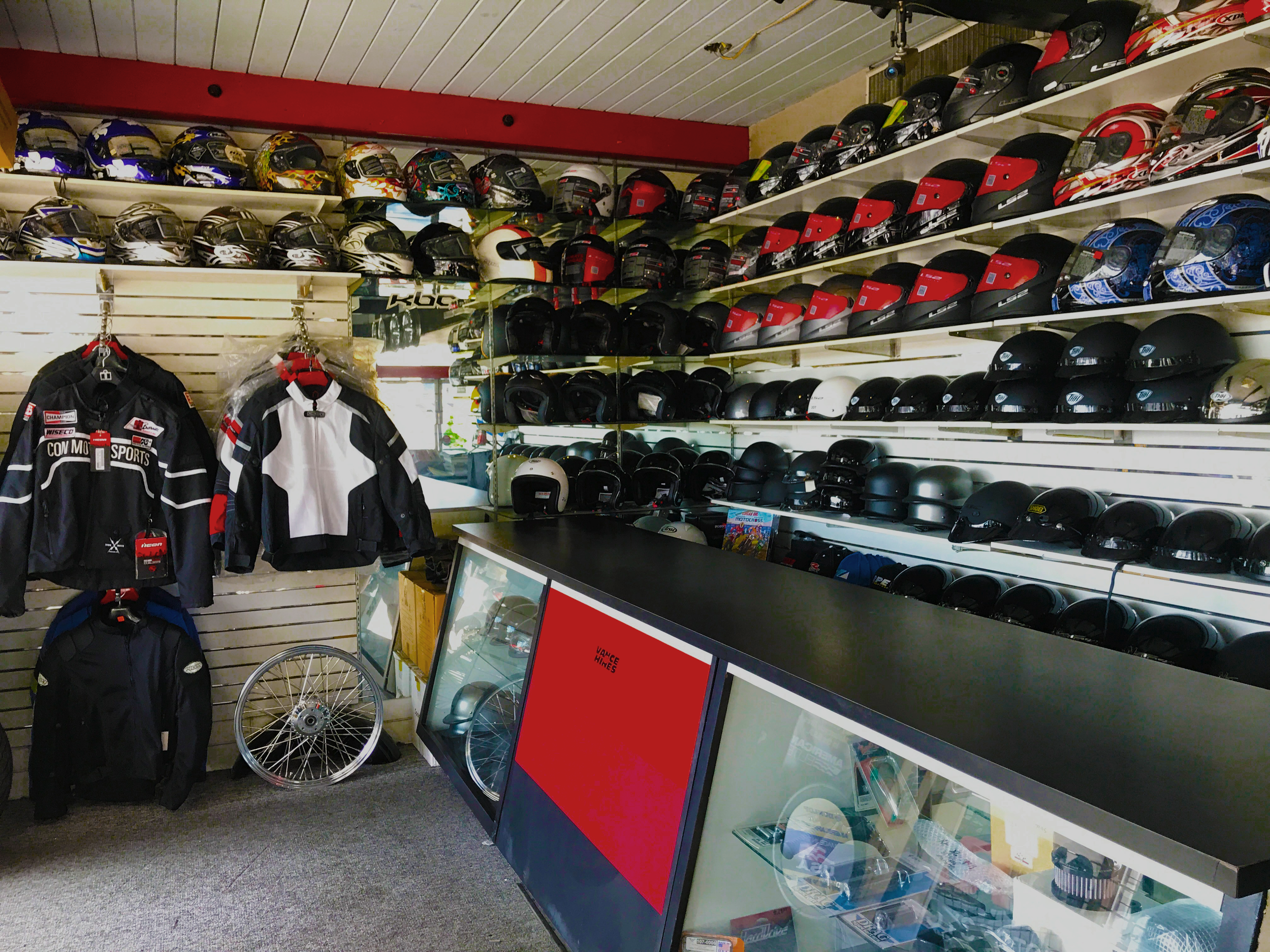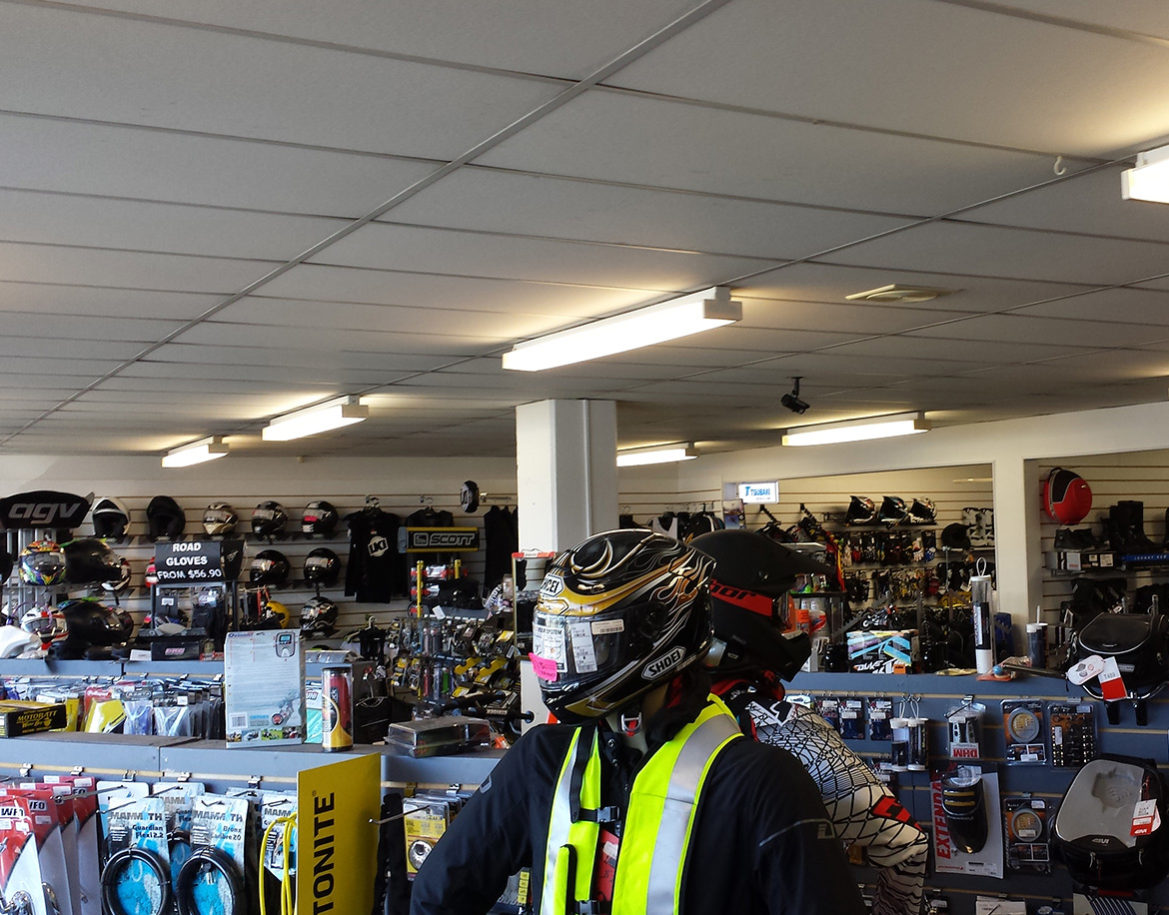Understanding the Crucial Parts of a Motorbike: A Comprehensive Overview for Lovers
For bike fanatics seeking to elevate their riding experience and ensure their bikes run efficiently, comprehending the crucial parts of a motorbike is critical. Each aspect, from the engine's intricate functions to the crucial duty of the stopping devices, not just affects performance yet also safety and security and comfort. This overview will stroll with the basic parts that every motorcyclist must be familiar with, enabling notified selections in both upkeep and prospective upgrades. As we start this expedition, one must ask: how does each component interact to create the seamless ride every enthusiast looks for?
Engine Parts

The camshaft plays an important function in controlling the timing of the engine's shutoffs, making certain the accurate opening and closing necessary for efficient gas and air intake, as well as exhaust expulsion. This timing is vital to maintaining ideal engine performance and performance. In addition, the carburetor or fuel injection system, depending on the bike design, is in charge of mixing air with fuel in the correct ratio for burning.
The cooling system, either air or liquid-based, works to maintain the engine's temperature level within functional limits, avoiding getting too hot and making sure durability - motorbike shop. Each part, carefully made and integrated, adds to the smooth operation of the engine, defining the motorcycle's power result and total efficiency
Transmission System
Essential to the bike's functionality, the transmission system guarantees effective power transfer from the engine to the wheels. This system comprises numerous crucial components, including the clutch, gearbox, and final drive, each playing an important duty in translating the engine's power into activity. The clutch, typically operated by a hand bar, offers to disengage the engine and involve from the transmission, permitting for smooth equipment adjustments and controlled acceleration.
The transmission, typically referred to as the transmission correct, contains a collection of equipments that riders can manually change through to adjust the bike's speed and torque output. These equipments are arranged in a sequence that enables the motorcycle to speed up smoothly and preserve optimal engine efficiency throughout different rates. Many motorcycles make use of a sequential transmission, needing the biker to change equipments in a fixed order.
Braking Devices
While understanding the transmission system is vital to utilizing a motorcycle's power, just as essential is the capability to regulate and stop that power effectively, which is where stopping mechanisms enter into play. Brakes are vital for safety and efficiency, supplying the cyclist with the required control to browse numerous terrains and problems. Generally, motorcycle gloves motorcycles feature 2 sorts of braking systems: disc brakes and drum brakes.
Disc brakes are a lot more common in modern bikes due to their superior efficiency. This system supplies much better warmth dissipation, consistent efficiency, and boosted stopping power, specifically in wet problems.
On the other hand, drum brakes, though less common, are still located in some motorbikes. They work by pressing brake footwear versus the internal surface area of a drum affixed to the wheel. While normally much less effective in heat dissipation and stopping power, drum brakes are easier and much more affordable.
Recognizing these braking systems' subtleties allows bikers to maintain their motorcycles correctly and value the engineering that ensures efficient and risk-free stopping.
Suspension and Steering
Suspension and steering systems are important elements that substantially influence a bike's handling and ride convenience. The suspension system, consisting of forks at the front and shock absorbers at the rear, takes in road irregularities, enhancing security and control. Front this article forks, upside down or generally telescopic, compress and rebound to minimize impacts, while back shock absorbers maintain tire contact with the roadway, crucial for grip and safety.
Guiding, focused around the handlebars, connects the cyclist to the motorbike's directional control. The guiding head bearings make sure smooth procedure, enabling specific maneuverability. Correct positioning and maintenance of these bearings are critical for predictable guiding feedback and decreasing cyclist tiredness.
The suspension's adjustability is an additional important aspect; preload, damping, and rebound setups allow personalization to match different riding conditions and designs. This adaptability is important for optimizing performance, whether browsing city roads or dealing with sturdy tracks. Technologies like electronic suspension systems supply real-time changes, improving experience high quality throughout varied surfaces.

Electrical Solutions
After making sure a smooth and controlled experience via reliable suspension and steering systems, focus transforms to the electric systems, a pivotal aspect of modern motorcycles. These systems play a vital function not just in starting the engine but additionally in powering numerous elements that improve the functionality and safety and security of the motorcycle.
At the heart of a bike's electric system is the battery, which shops electric power required for beginning the engine and powering auxiliary systems - motorcycle parts nz. The alternator or generator, combined with the rectifier-regulator, ensures the battery continues to be charged while the motorbike functions, converting power into electric energy and maintaining voltage degrees
The ignition system, an additional essential element, is accountable for stiring up the air-fuel mix in the engine's cylinders. Modern bikes typically make use of an electronic ignition system, supplying better performance and reliability compared to conventional systems.
Lights systems, consisting of fronts lights, tail lights, and indications, are also essential, making sure exposure and security for the biker. Added digital components such as sensing units, control devices, and presents add to sophisticated features like gas injection administration, anti-lock braking systems (ABS), and electronic dashboards, even more enhancing the riding experience.
Final Thought
A detailed comprehension of a bike's crucial parts, try here including the engine, transmission system, braking systems, suspension, steering, and electrical systems, is important for enthusiasts aiming to optimize safety and security, comfort, and efficiency. Mastery of these aspects enables for informed decisions regarding upkeep and upgrades, eventually improving the riding experience. By incorporating this expertise, cyclists can ensure their motorcycles operate at peak effectiveness and reliability, therefore optimizing both enjoyment and long life of their automobiles.
For motorbike fanatics looking to elevate their riding experience and guarantee their bikes run smoothly, recognizing the essential components of a motorcycle is paramount.Important to the motorcycle's performance, the transmission system guarantees efficient power transfer from the engine to the wheels.While understanding the transmission system is vital to utilizing a motorbike's power, similarly vital is the ability to control and quit that power effectively, which is where braking systems come right into play. Typically, motorbikes include two types of stopping systems: disc brakes and drum brakes.
A complete understanding of a motorcycle's crucial components, including the engine, transmission system, stopping devices, suspension, steering, and electrical systems, is vital for lovers intending to enhance convenience, efficiency, and safety and security.